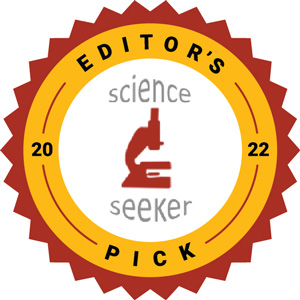
Imagine that you’re putting together a large, complex jigsaw puzzle, comprising thousands of exceptionally small pieces. You lay them all out and attempt to make sense of them. It would be far easier to assemble this puzzle were the pieces larger, containing more of the image advertised on the box. The same can be said when sequencing a genome.

Traditional short-read or next-generation sequencing relies on DNA spliced into small fragments (≤300 base pairs) and then amplified. While useful for detecting small genetic variants like single-base changes to the DNA, this type of sequencing can fail to illuminate larger variations (typically over 50 base pairs) in the genome. Long-read sequencing, or third generation sequencing, allows more accurate genome assemblies, facilitating better detection of structural variants like copy number variations, duplications, translocations and inversions that are too large to identify with short-read sequencing. Long-read sequencing has the capability to fill in “dark regions” of a genome that are unfinished and can be used to assemble larger, more complex genomes using longer fragments of DNA, or high-molecular weight (HMW) DNA.
Continue reading “High-Molecular Weight DNA for Long-Read Sequencing”


